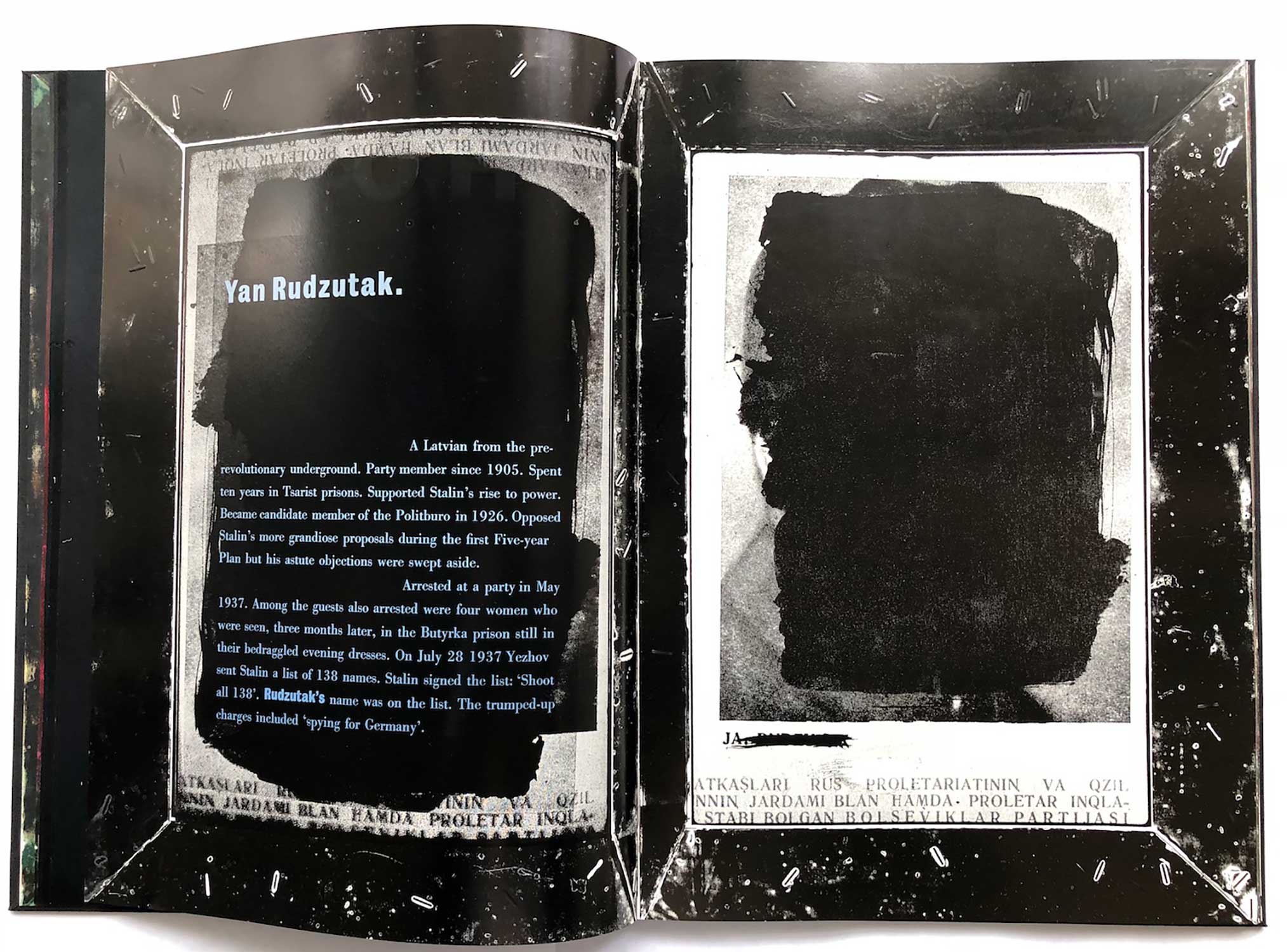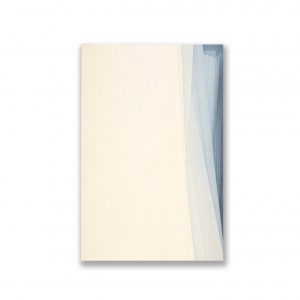Ten Years of Uzbekistan: A Commemoration
Ten Years of Uzbekistan: A Commemoration
Edition Size
45
Media
Letterpress
Binding
Cloth case, Hand-sewn
Format
Artist Book
Dimensions
20 × 14 in
Collection
Collection Development, Limited Edition Artists Books$ 23,000.00
Unavailable
View Collectors
Bainbridge Island Museum of Art
Bayerische Staatsbibliothek
Boston Athenaeum
Bucknell University
Columbia University, Butler Library
Dartmouth College, Rauner Library
Getty Research Institute
Herzog August Bibiothek
Library of Congress (LoC)
New York Public Library
The University of Iowa (UI)
University of Colorado at Boulder
University of Southern California (USC)
University of Utah
University of Wisconsin-Madison, Special Collections
Wellesley College, Davis Museum and Cultural Center
Yale University, Robert B. Haas Family Arts Library
“The Russian edition [of Rodchenko’s original book of the same title] appeared in 1934 and the Uzbek edition, with some clearly politically-induced changes, appeared a year later. But in 1937, at the height of the Great Purges, Stalin ordered a major overhaul of the Uzbek leadership and many heads rolled. Many party bosses photographed in ‘Ten Years in Uzbekistan’ had been liquidated. The album suddenly became illegal literature. Using thick black India ink Rodchenko set about to deface his own work. The macabre results, both brutal, and terrifying, are to be seen here for the first time, and serve as the inspiration for the making of this book.” — David King, the foremost historian of Soviet-era Russian photography, from the forward of the memorial version of the book.
“Ten Years of Uzbekistan: A Commemoration was a collaboration with the photographer David King. During research for his archive on Soviet Art, King discovered a copy of a book altered by Aleksandr Rodchenko, who had been driven to obliterate, with ink and paint, the names and faces of those in that book who had fallen from the favour of, and been destroyed by, Stalin. While writing the text for this artists’ book, King discovered their names, and, where possible, their fates. Ten portraits, nine altered by Rodchenko and the tenth of Stalin as an endpaper to Rodchenko’s book, were enlarged and layered over each other in a process of mutual silencing. I surrounded each of the marred faces with a printed frame that reflected both the page margins and, I hoped, the frame of a Russian ikon. This framing device is echoed in the preserving of photographs of the beloved and the dead. The frames were made from thin zinc plate glued to wooden mounts.
“During the violence of the printing process, the zinc started to buckle and shift. The buckling gave strange printing effects. The movement was stopped by firing staples from a gun into the zinc. This produced odd images from the staples: chromosomic, buglike; giving hints of the buttoning of the lip. The same frame, but well-ordered, was used to surround the texts of the introduction.
“This work stands as witness to the victims of censorship, and to the shame of self-censorship as a strategy of survival. In Russia it is said ‘here we die for it,’ meaning poetry.” – Ken Campbell
“I collaborated with [photographer] David King on this book. During the course of research for his archive on Soviet art, David found the estate of Alexander Rodchenko, a designer and artist who had produced a book called ‘Ten Years in Uzbekistan’ [in 1934], which boasted of the triumphs of ten years of Soviet rule. It was beautifully designed with great fold-outs, and had full statistics and mug shots of the members of the social committee of Uzbekistan who one by one fell out with Stalin. They were removed from office or killed or otherwise vanished. One by one they were removed from all official records . . . As each person ‘disappeared,’ Rodchenko felt obliged to take his own copy of this book . . . and obliterate the faces with ink to ensure his own safety, so as not to be found with any representation of these people.
“I found this an absolutely terrifying image; not a comment on the Soviet system, more a comment on the nature of censorship and self-censorship. And I also recall another phrase in the book that says ‘Here we die for it,’ which is what the Russians say about poets . . . So I did this book with David; he wrote an essay, and I hand-set it and did the design . . . [The portraits in the book] were photographed by Dave King; [I had them] blown up to almost the size of the page.
“I put a border around [the page], in order to better reveal the picture, but also to make it look like an icon frame . . . I played around with those edges in terms of colour and firing staple guns into the metal to make the thing look violent and also restrictive. Where we could we found out what had happened to these people, and I think that’s one of the things that makes the book chilling.” — Ken Campbell, from his website
Bound in black cloth in a black cloth slipcase. Printed by polychrome letterpress using wood letter numerals and Monotype Bodoni text.
Directing Curator’s note:
Ken Campbell is a great example of “an artist’s artist”, his intense, provocative, and unique palette, was unique and courageous. He was a performance artist printmaker, whose practice was the epitome of physical and intellectual commitment. This book is probably one of the most important and influential artists books of the genre, cited by hundreds of artists, bookmakers and printmaker and photographers as a source of both inspiration and awe. The book is a conceptual and passionate exploration of both historical, and literally existential issues of authoritarianism, photography, portraiture, printmaking, genocide, and censorship.
1994. Edition of 45 plus 5 artist’s proofs. 20×14” 60 pages. Printed endpapers.















